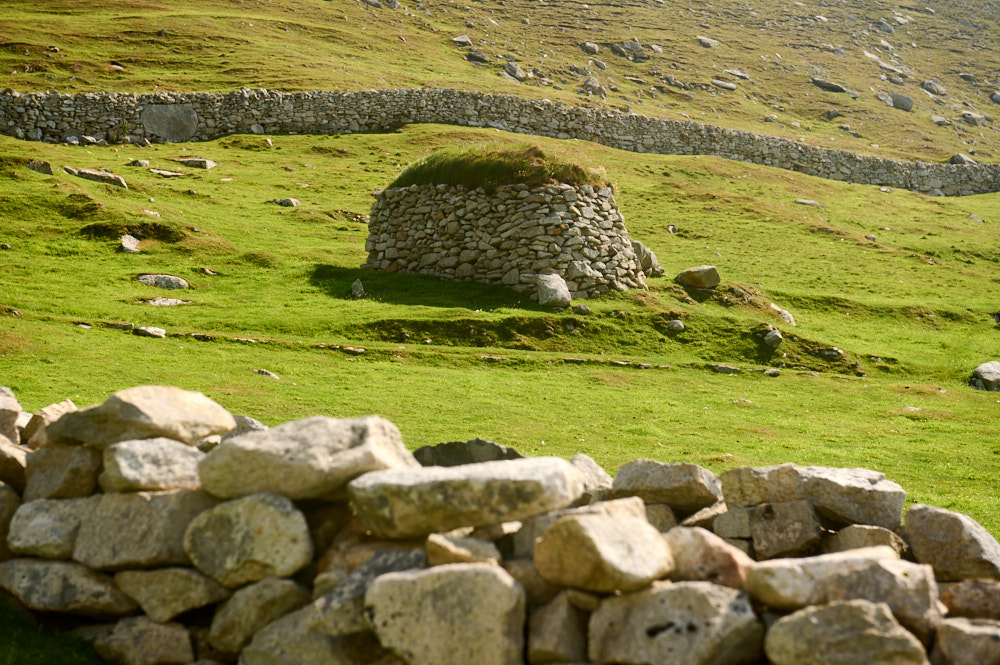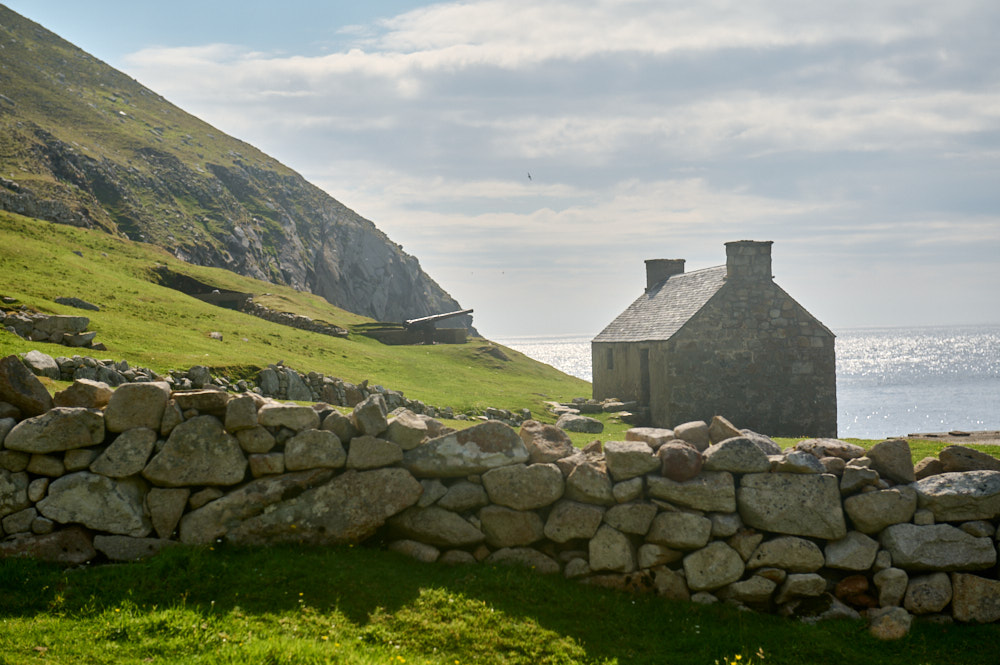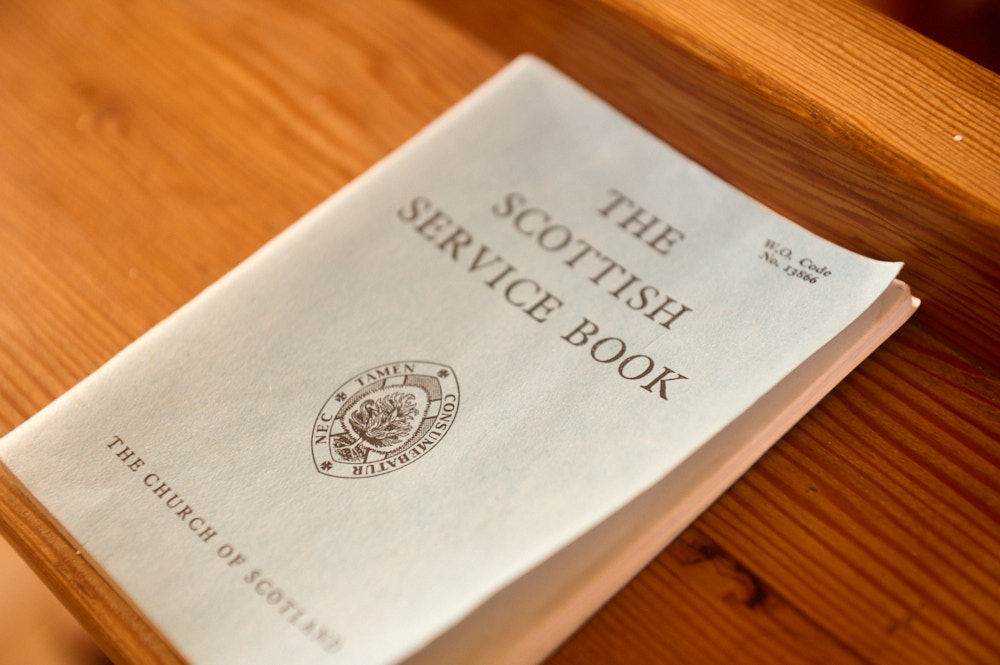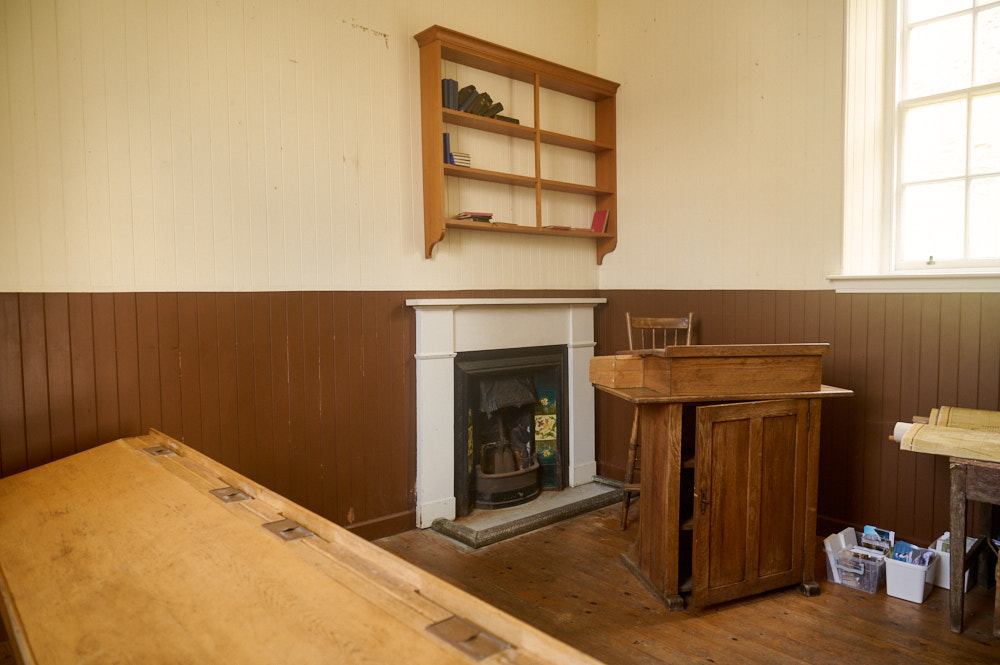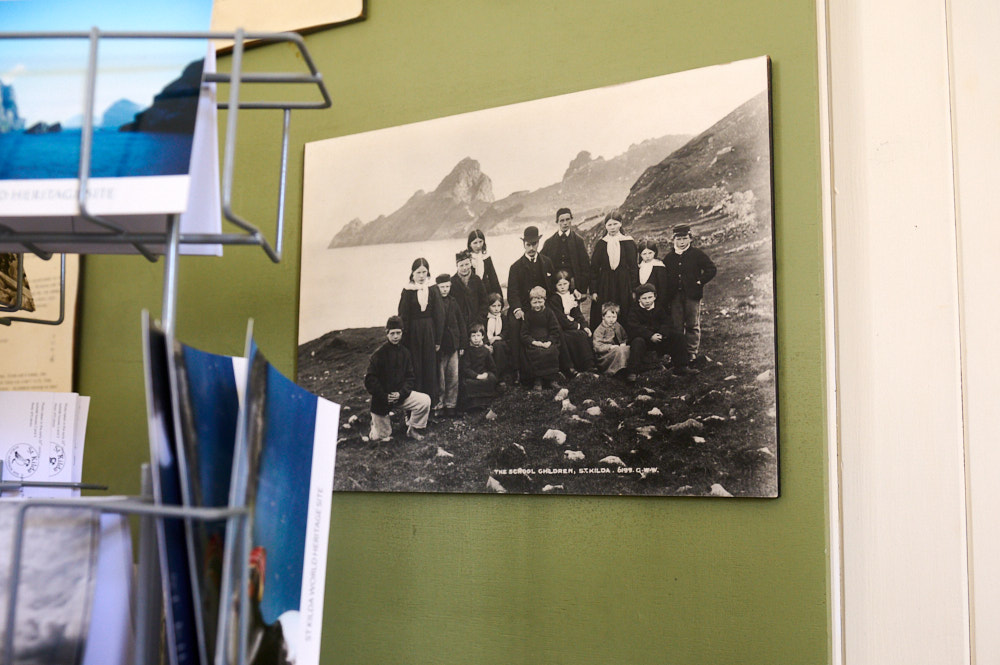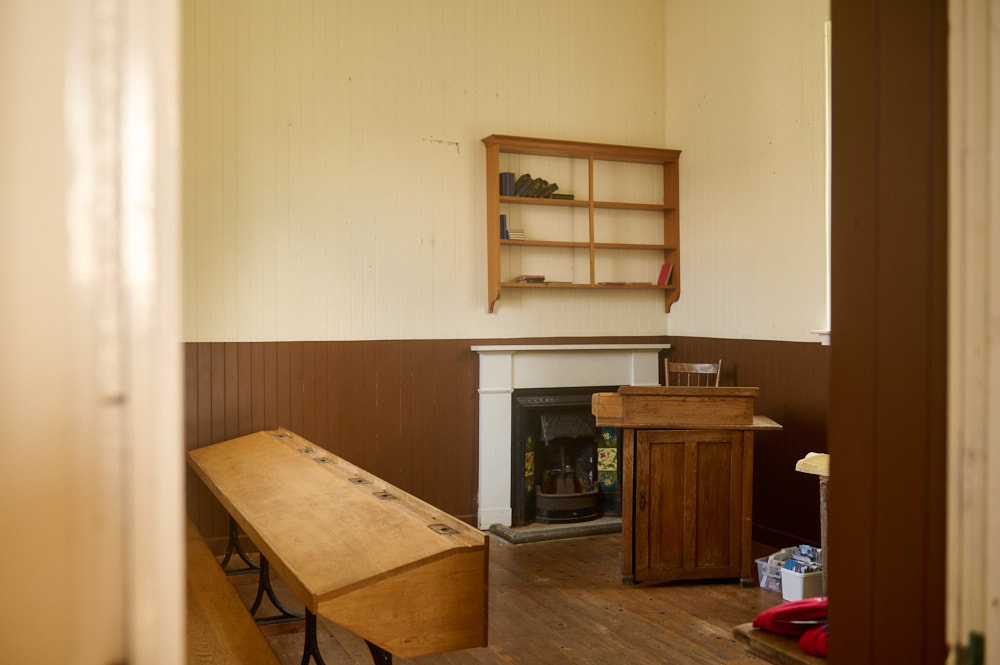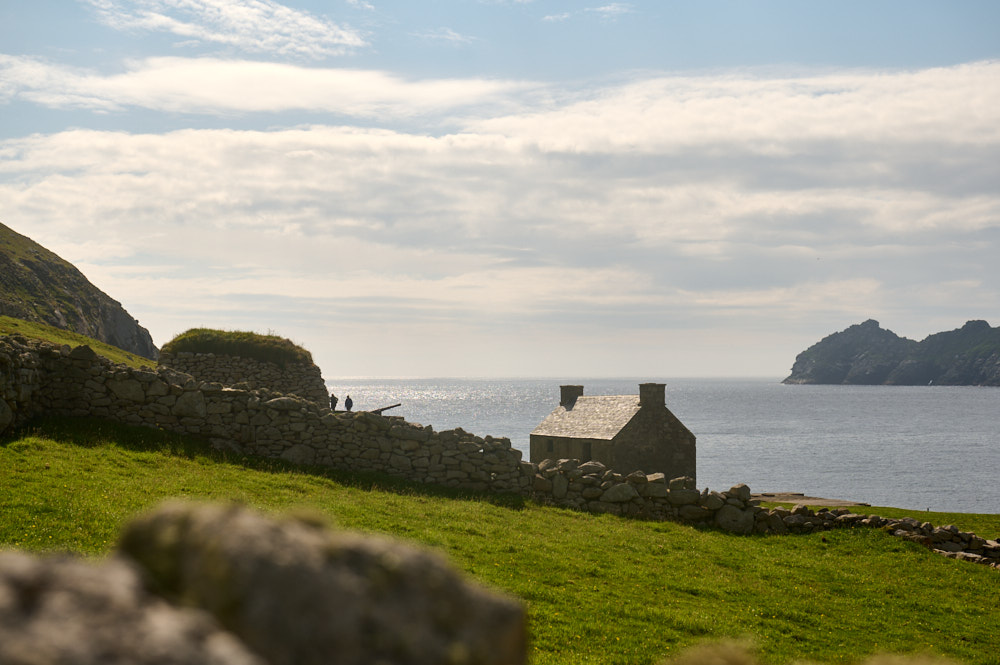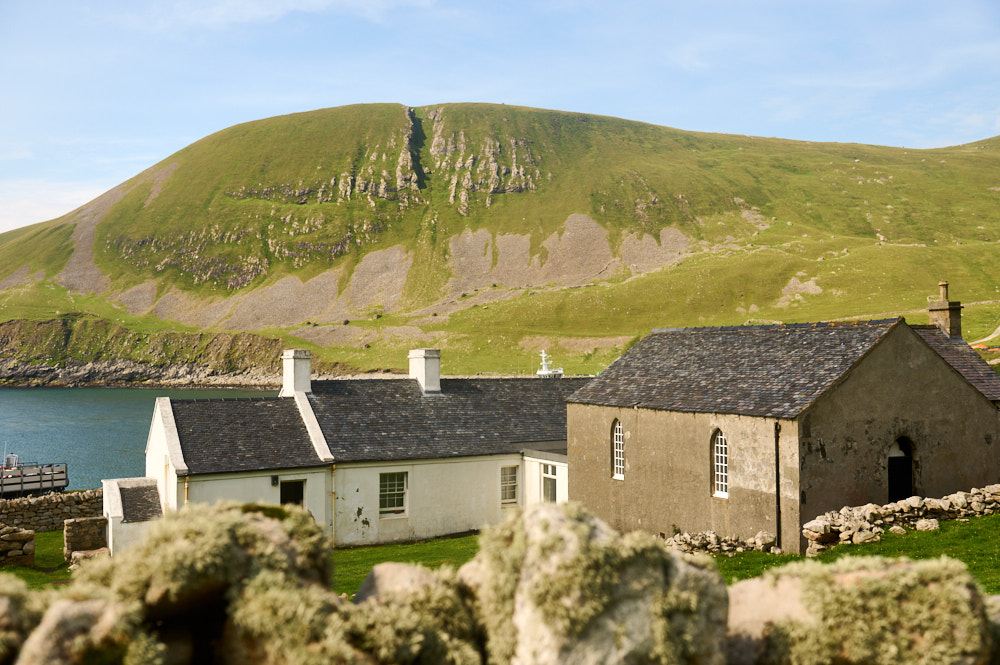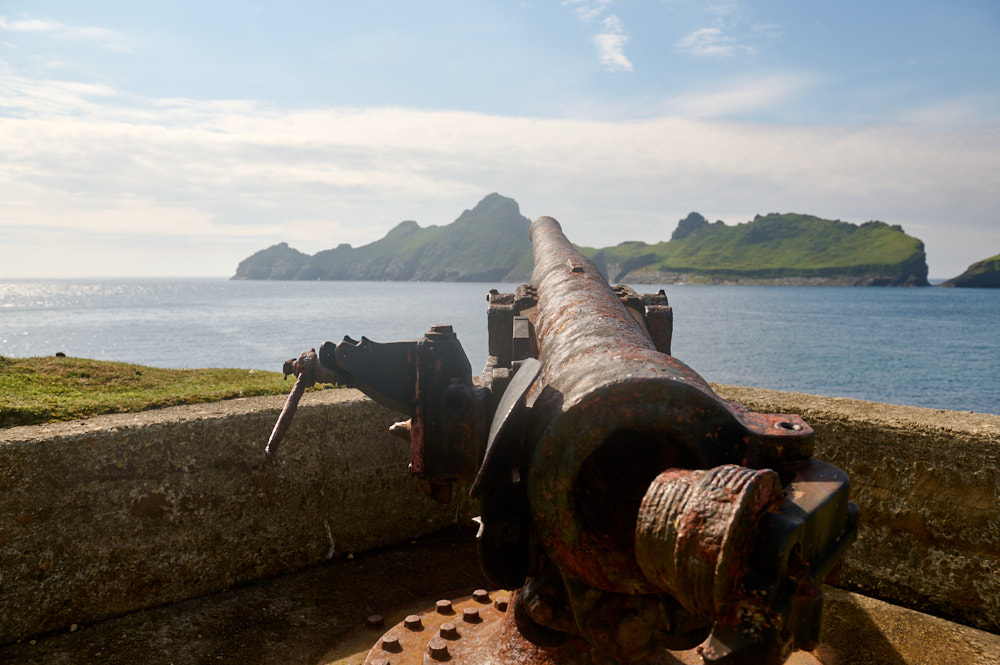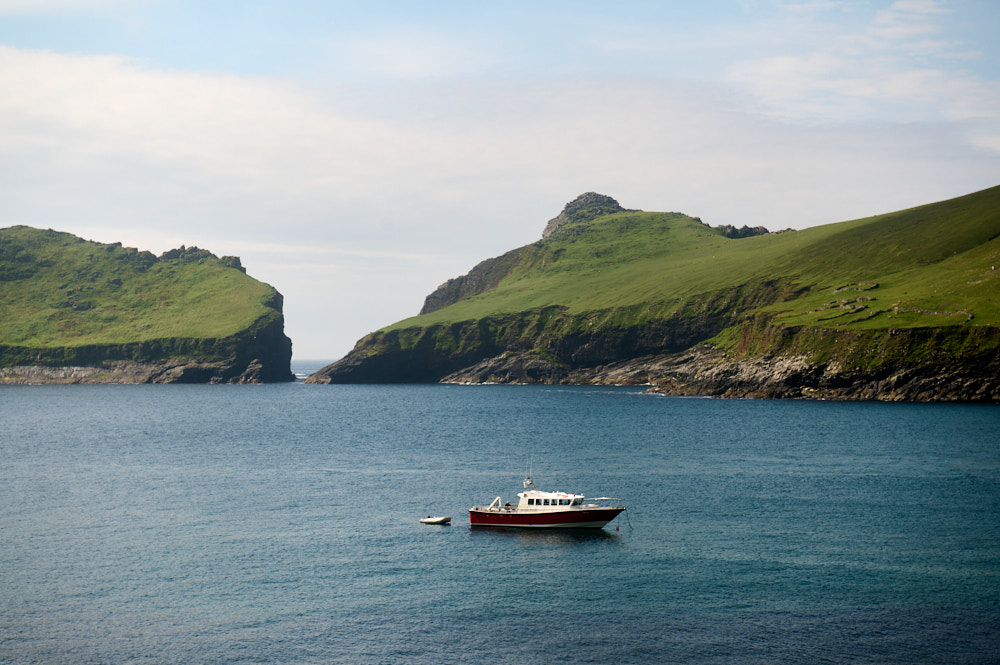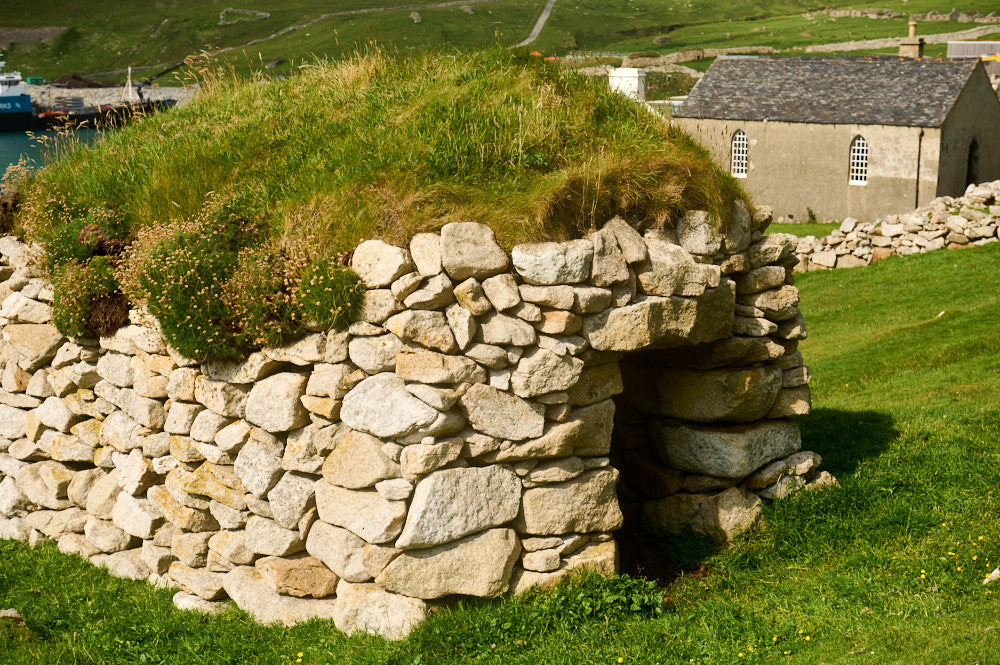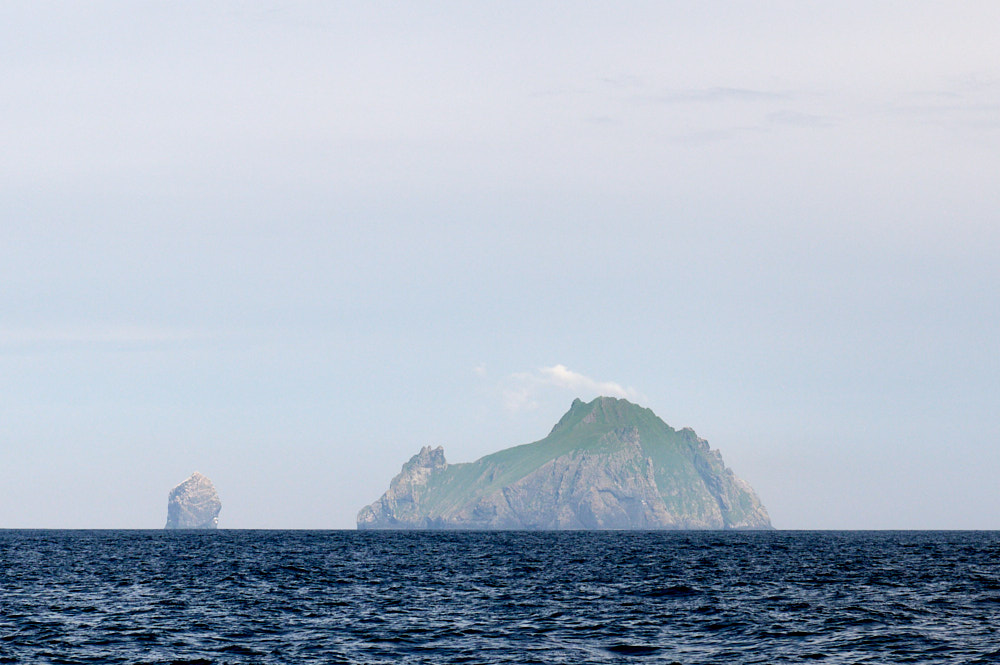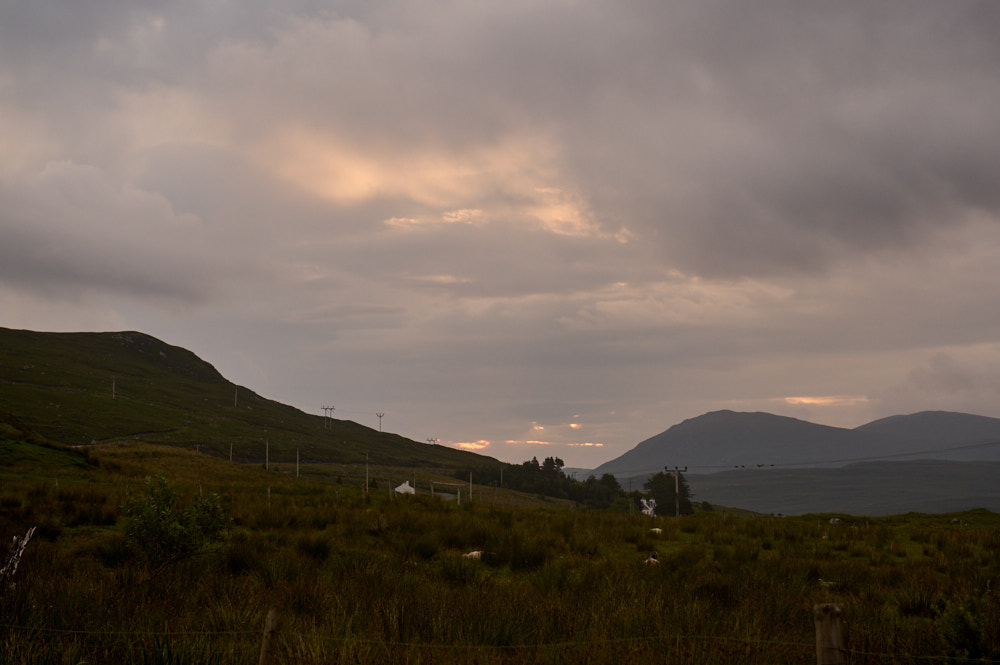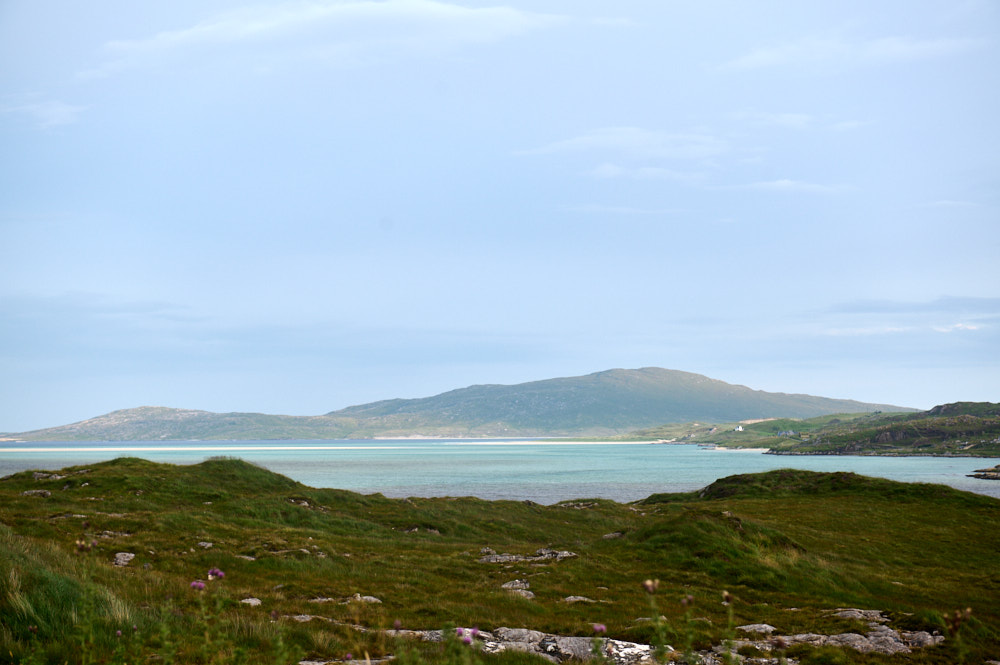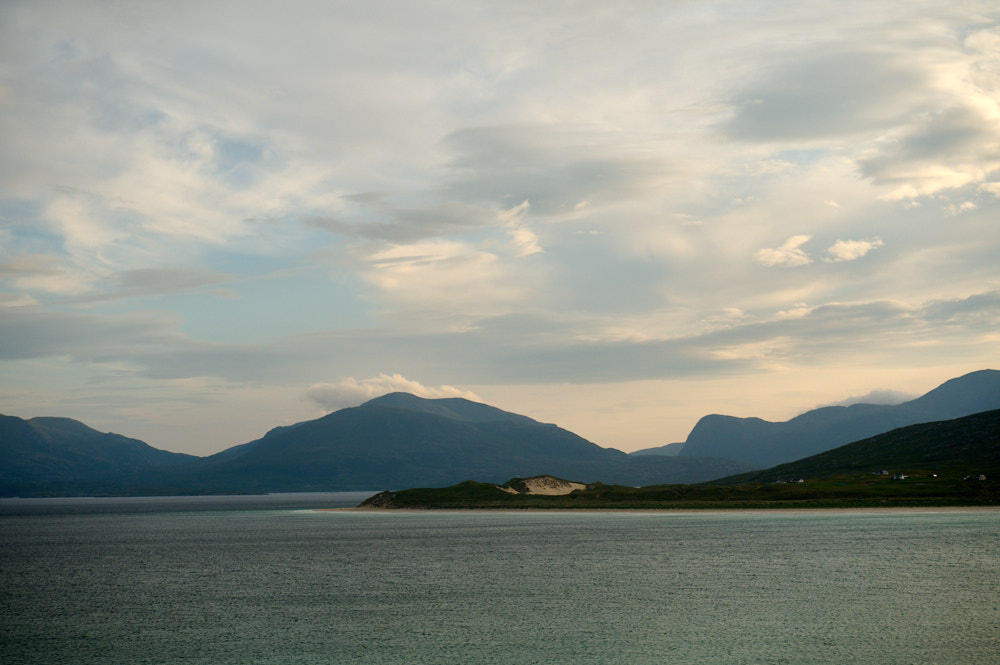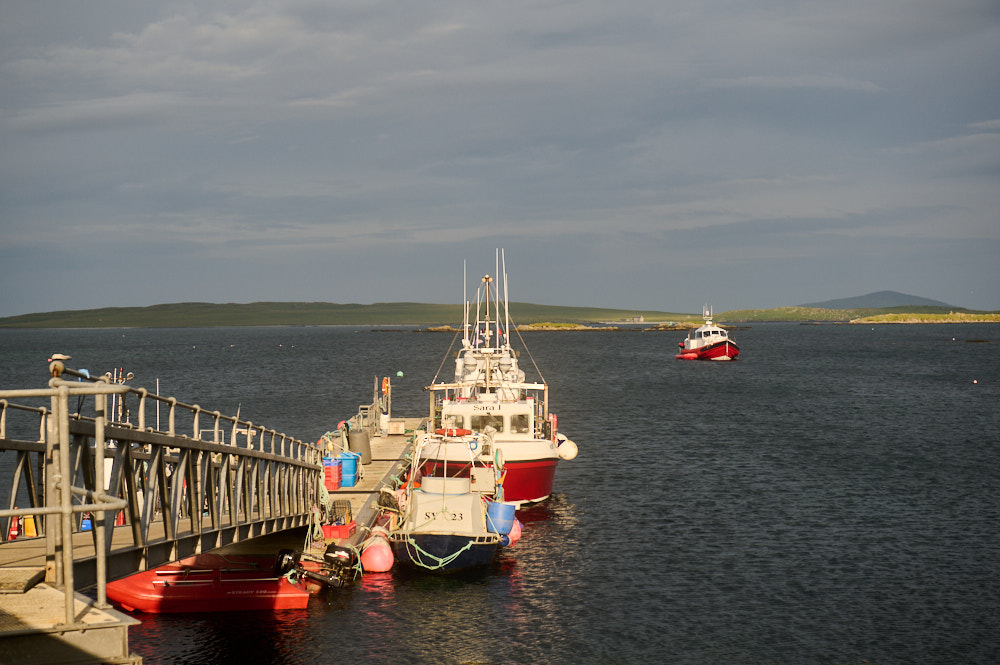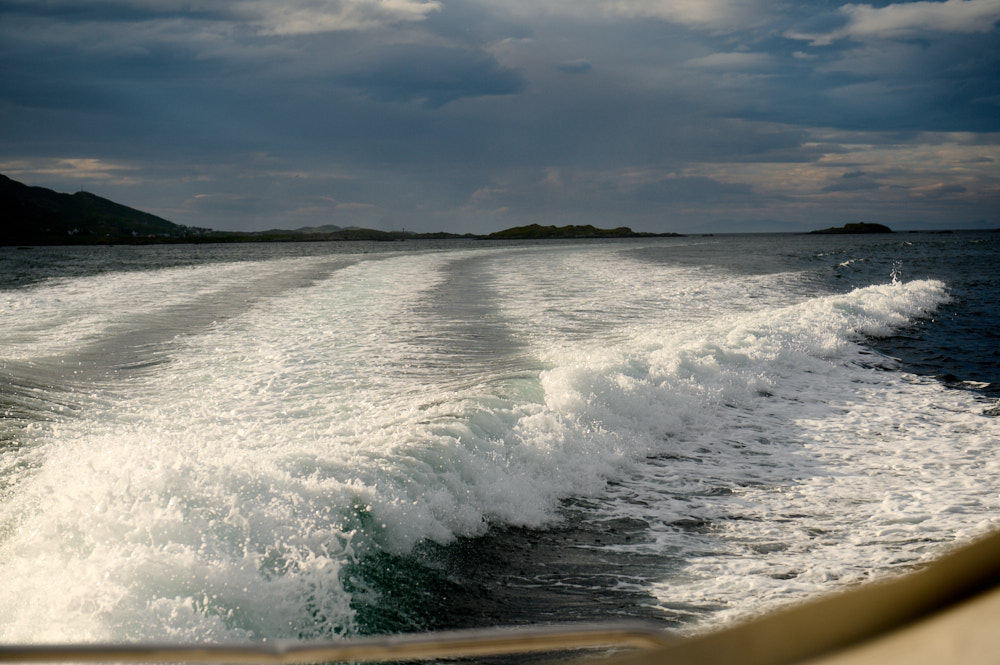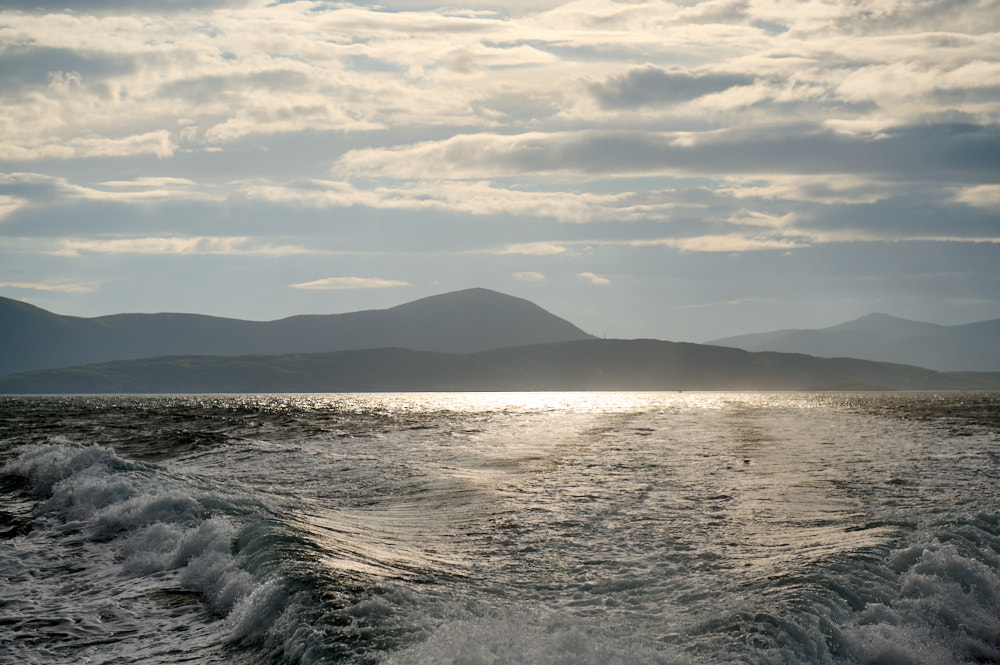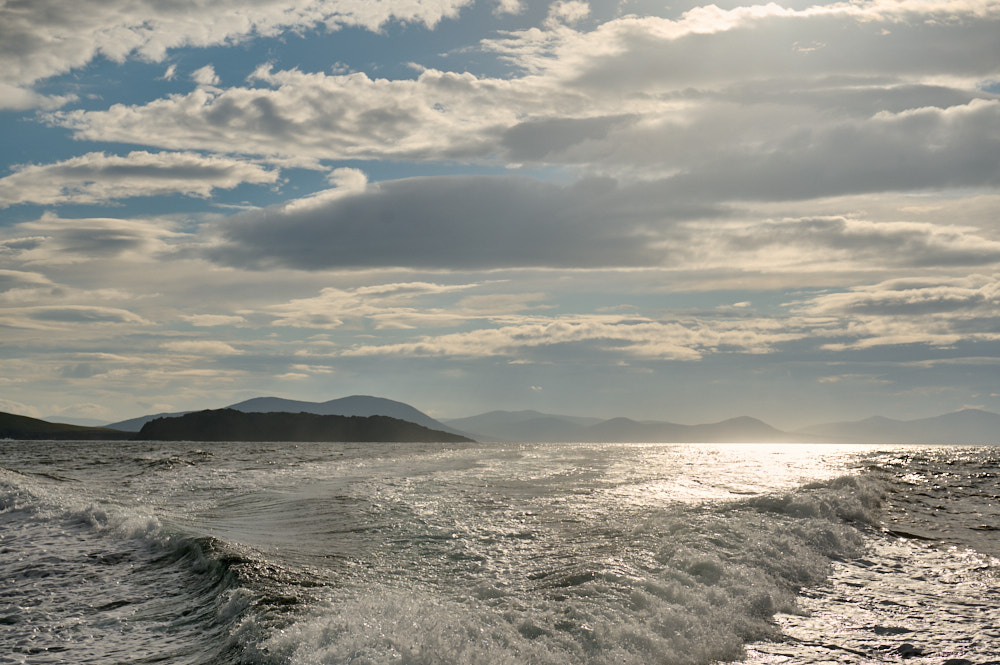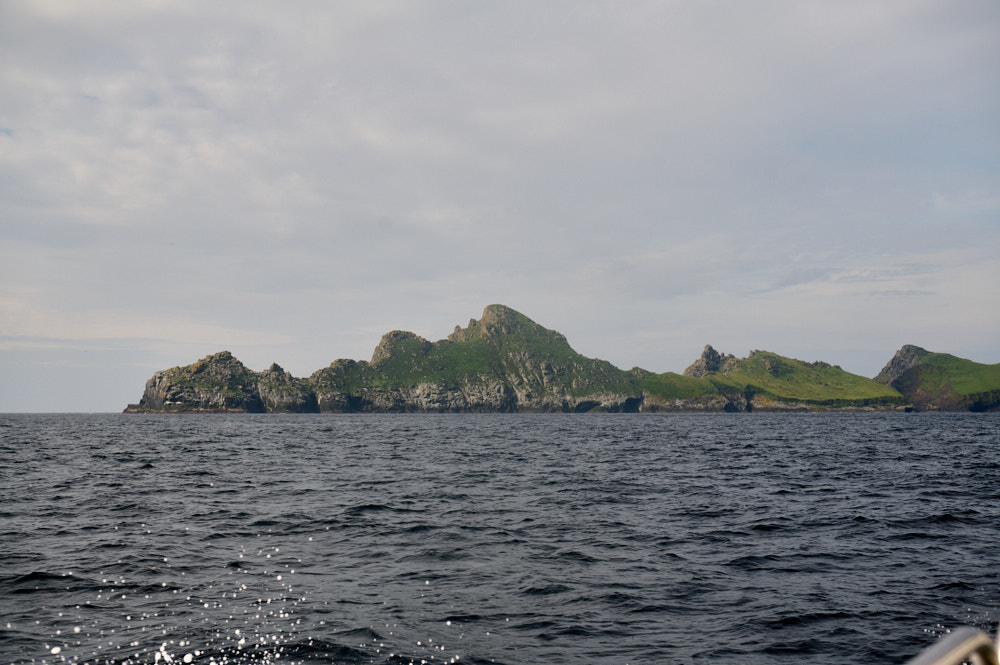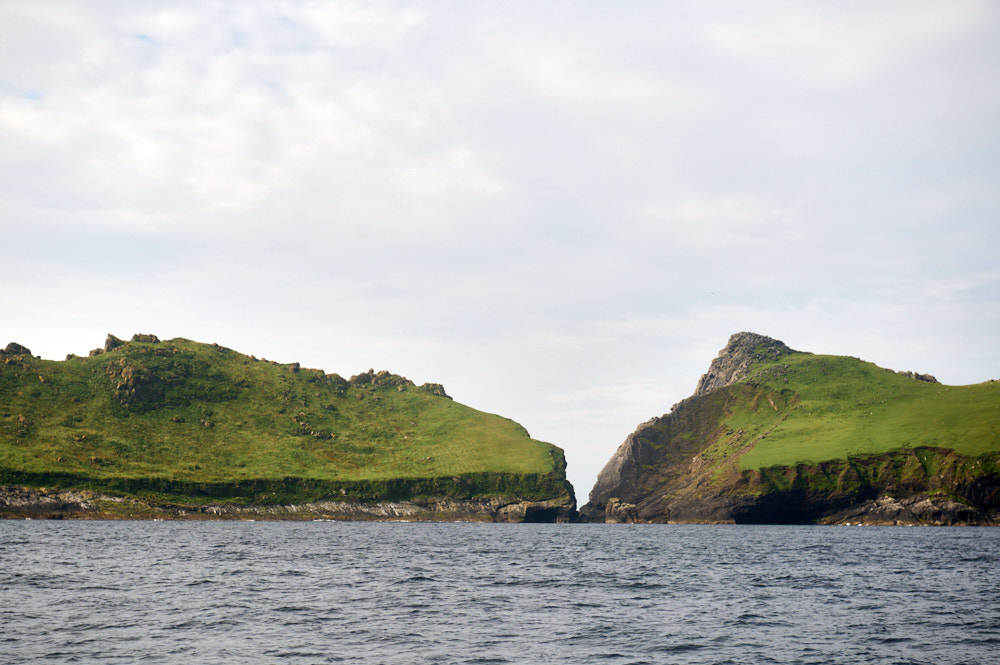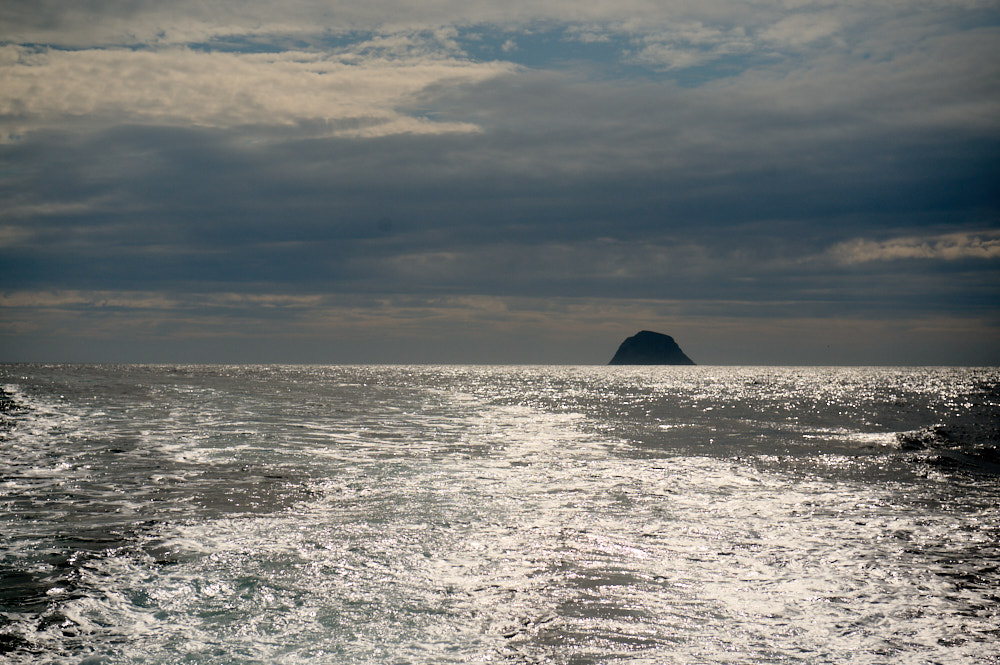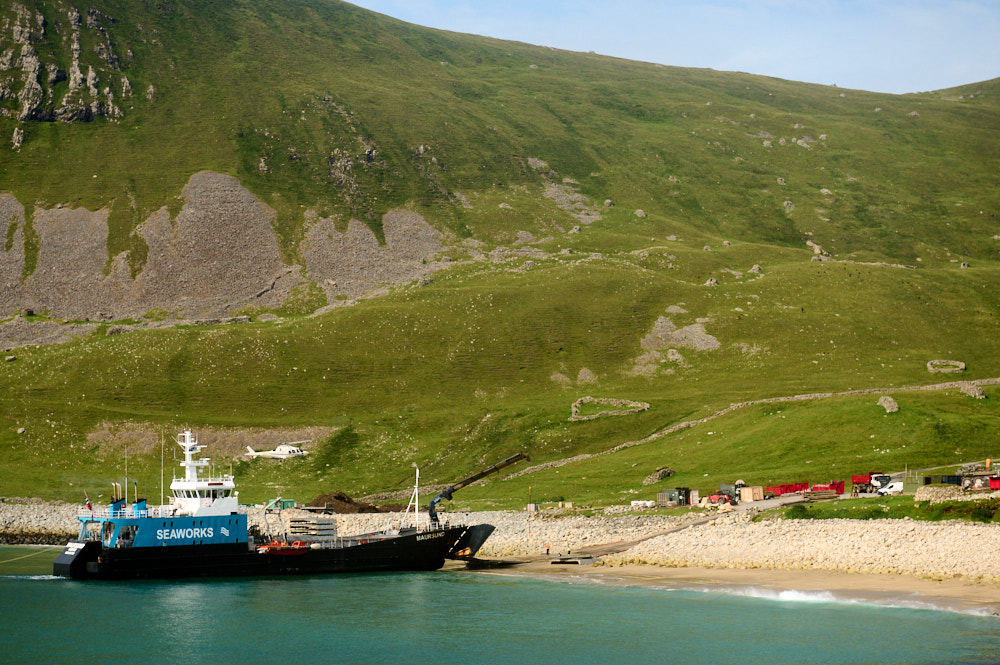
I started heading towards the village, situated along one narrow lane. Along the way, I passed many more of the little stone storage huts, called cleit or cleitean (plural) and the factor´s house.
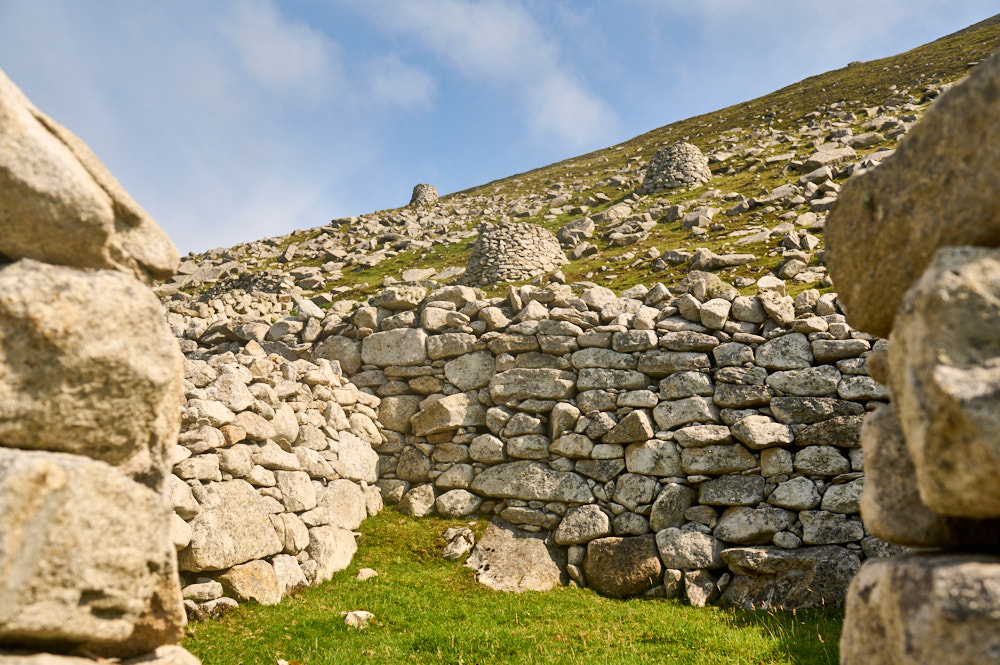
St. Kilda had existed for centuries without much contact with the rest of the world, the islands were inhabited for around 2000 years, from the Early Bronze Age up to 1930. There is little known about the early centuries, the first written record dates from 1202 when an Icelandic cleric wrote of taking shelter on “the islands that are called Hirtir“.
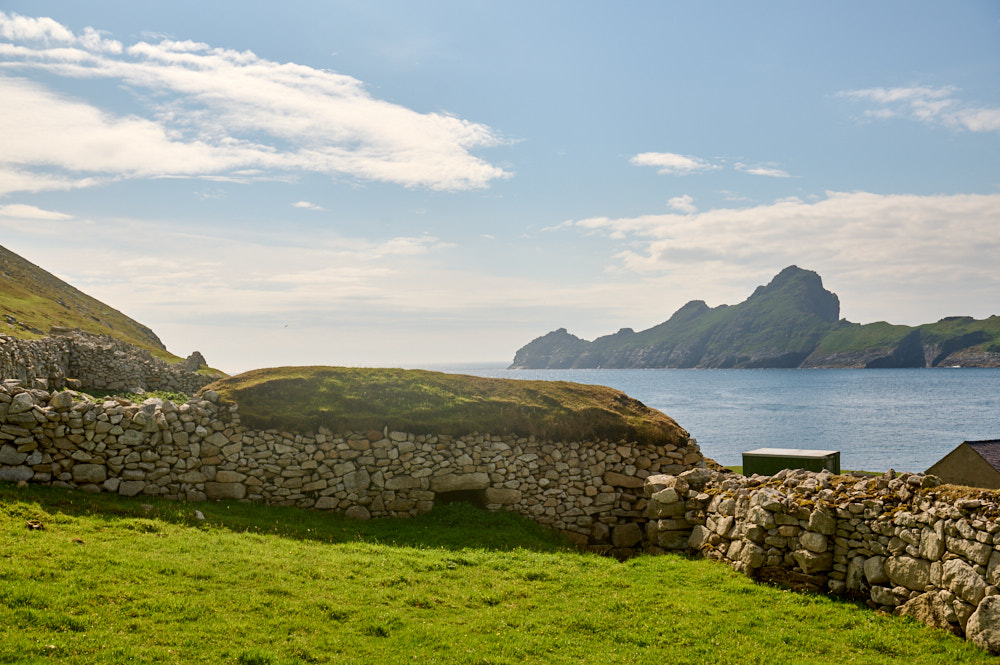
In 2015 evidence of the Neolithic settlement was found, shards of pottery and a quarry for stone tools on Mullach Sgar above Village Bay led to finds of numerous stone hoe-blades, grinders and Skaill knives in the Village bay cleitean.
The pottery seems to be made from local materials and originate from the Iron and Bronze Ages. Further excavations in 2017 and 2019 revealed that the easter end of Village Bay on St Kilda was occupied fairly intensively during the Iron Age period, although no house structures were found. (BBC)
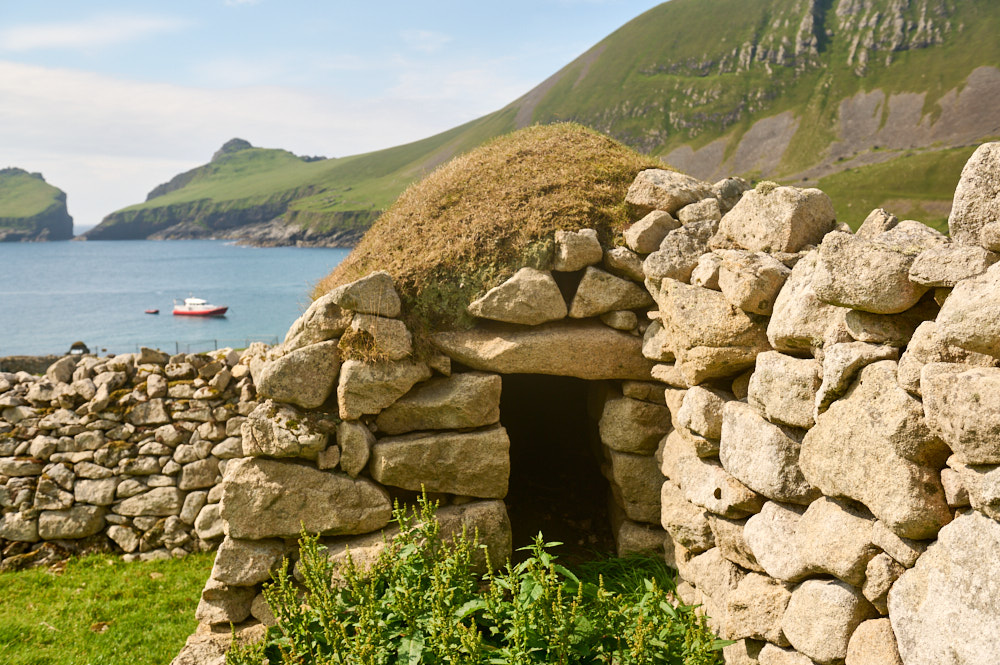
At one point Vikings probably lived or at least visited the Kilda archipelago, there are reports of findings of Danish coins, brooches and an iron sword. Nordic names also might be a clue.
Historically the islands were part of the domain of the MacLeods of Harris, whose stewards were responsible for collecting rent.
The first detailed report of a visit to the islands dates from 1549, when Donald Munro suggested that: “The inhabitants thereof ar simple poor people, scarce learnit in aney religion, but M’Cloyd of Herray, his stewart, or he quhom he deputs in sic office, sailes anes in the zear ther at midsummer, with some chaplaine to baptize bairnes ther. (Wikipedia)
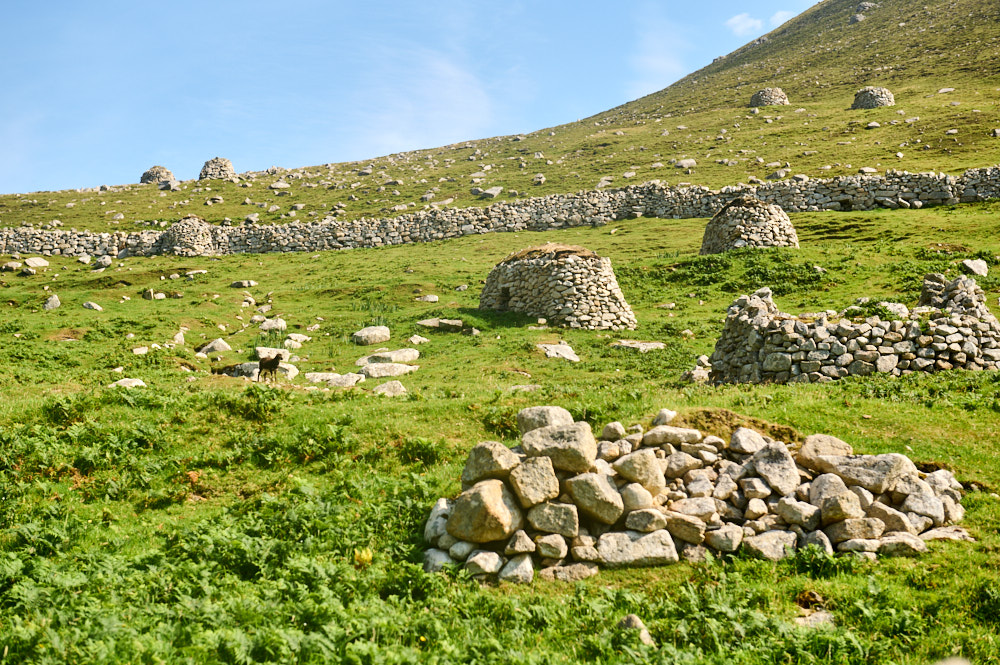
At these times the isolation of the islanders and also their dependency on nature meant their philosophy bore as much relationship to Druidism as it did to Christianity. There were druidic altars and a stone circle.

Coll MacDonald of Colonsay raided Hirta in 1615, removing 30 sheep and a quantity of barley. Thereafter, the islands developed a reputation for abundance.
At the time of Martin’s visit in 1697 the population was 180 and the steward travelled with a “company” of up to 60 persons to which he “elected the most ‘meagre’ among his friends in the neighbouring islands, to that number and took them periodically to St. Kilda to enjoy the nourishing and plentiful, if primitive, fare of the island, and so be restored to their wonted health and strength.” (Wikipedia)
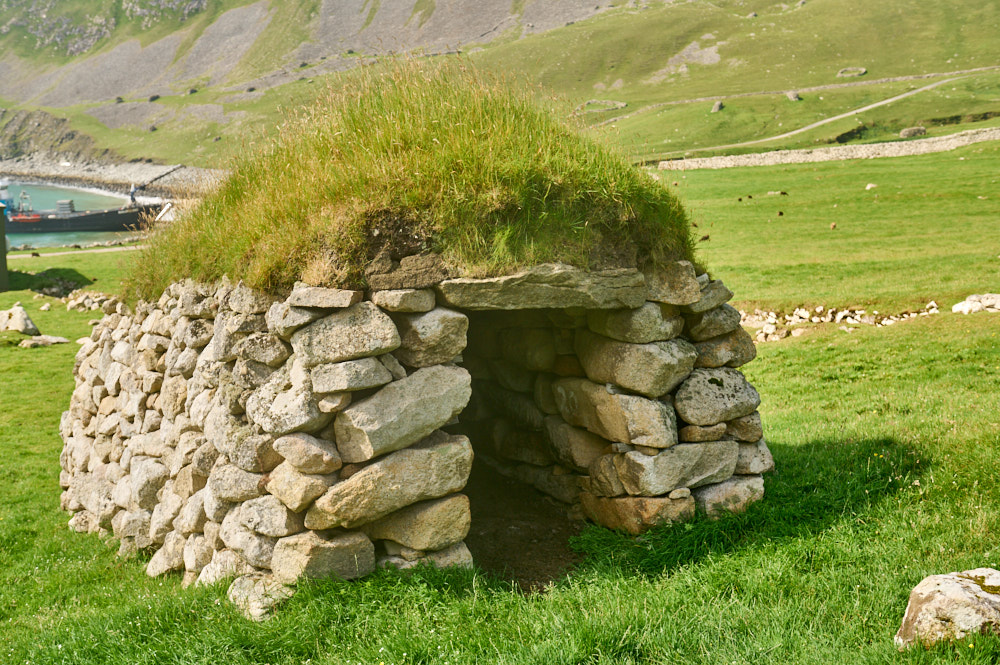
In the 18th century, ships started to visit and not only brought “tourism” and “commerce” to the islands but also illnesses like cholera and smallpox. Many St. Kildians died and new families from Harris settled on the island. At the end of the 18th century around 100 people lived permanently on Hirta. These numbers stayed pretty constant until 1851 when 36 islanders emigrated to Australia.
St Kilda never really got over this loss of people.

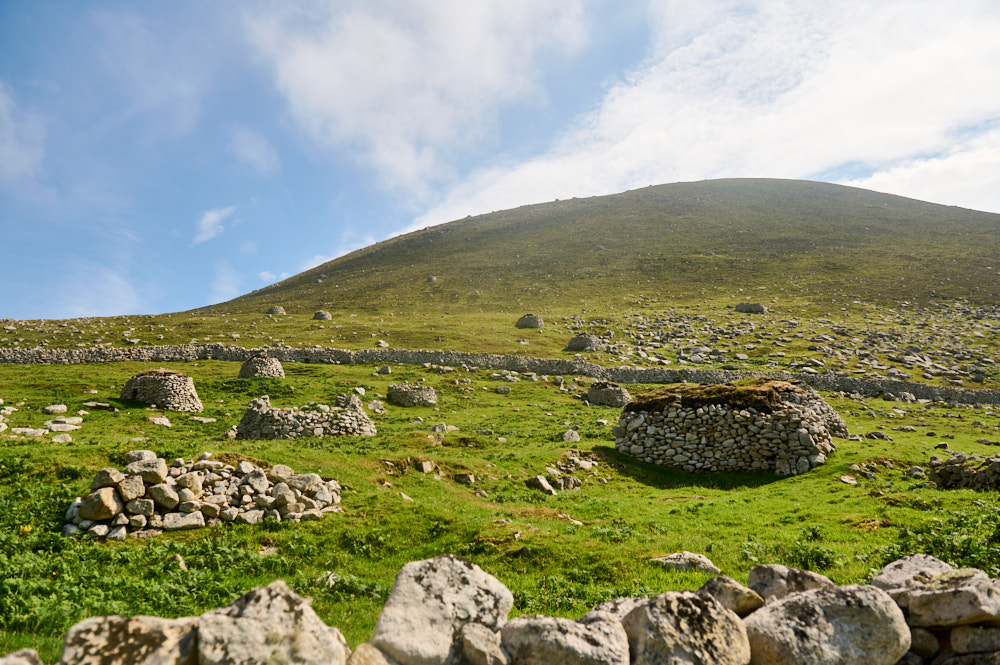
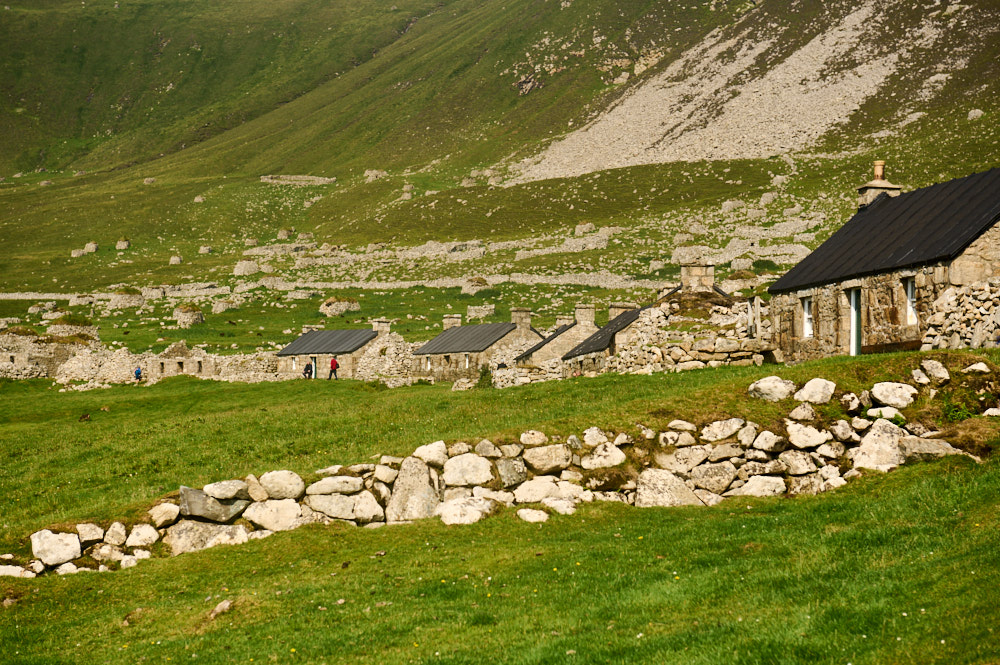
During the 19th century, steamers began to visit the island and bring tourism. The Kildians were able to sell their tweed and bird eggs but also suffered in self-esteem when the tourists saw them as curiosities.
But the tourists also brought more illness and St Kilda suffered from high infant mortality rates.
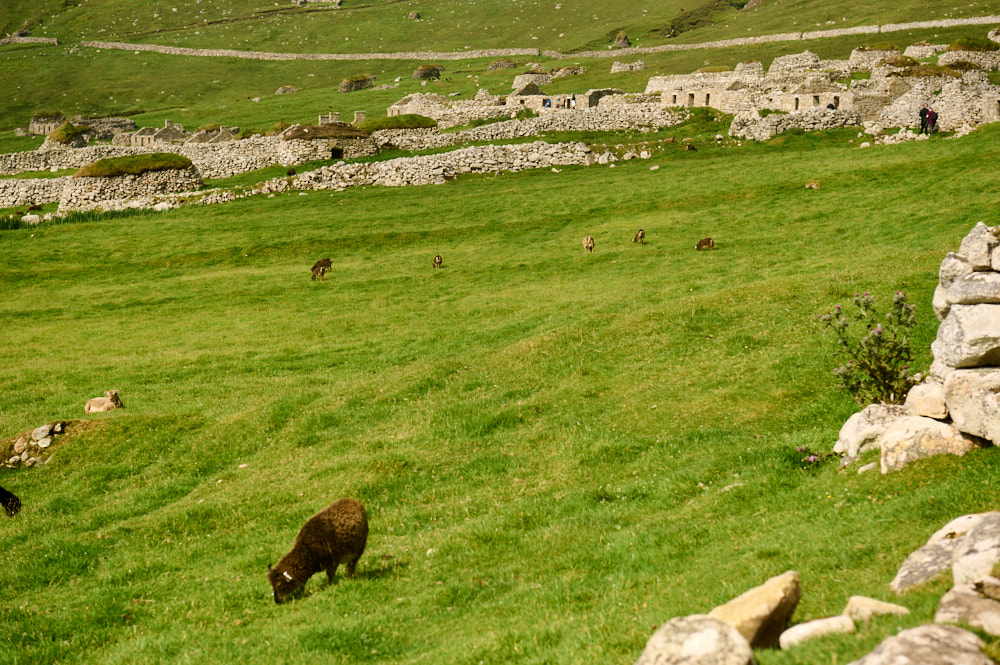
At the beginning of the 20th century, formal schooling had begun and the children learned English besides their native Gaelic. The population was pretty stable by around 80 people.
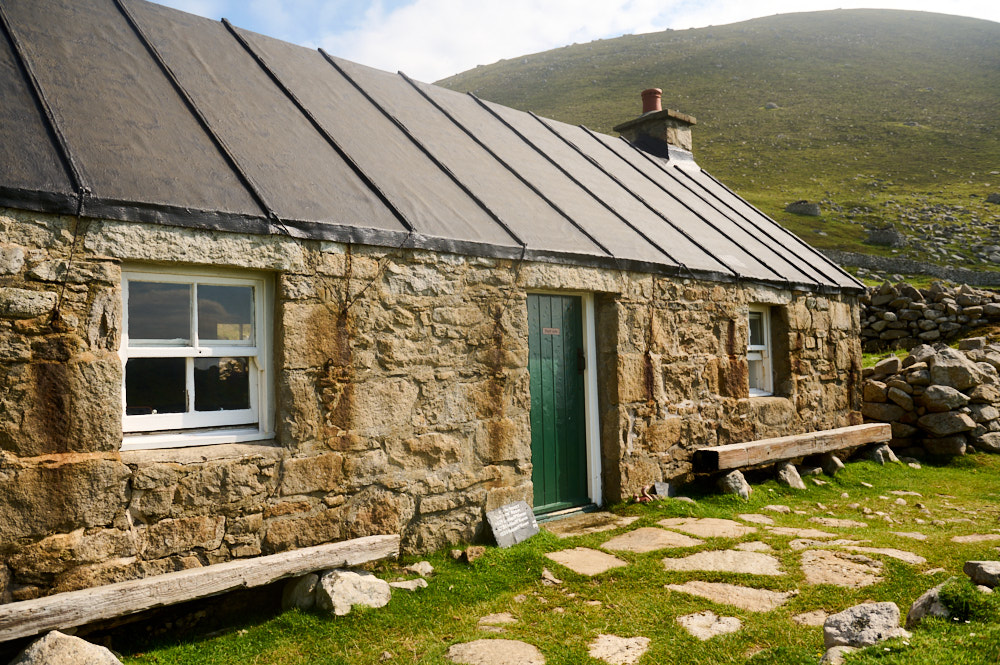
During WWI the Royal Navy erected a Signal Station in Hirta and for the first time ever the islands had a daily connection to the mainland.
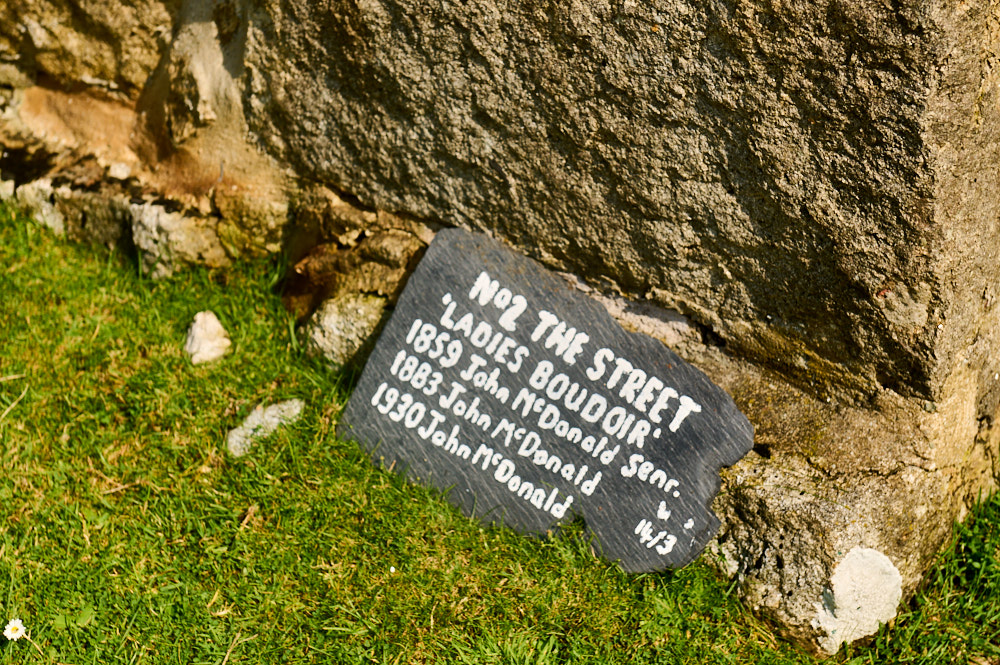
The were numerous reasons for the final evacuation in 1930. The military staff staying on St Kilda during the war and also the tourism showed the Kildiand alternative ways of living. After the war most of the young men left St Kilda, the population fell from 73 in 1920 to 37 in 1928. There were problems with crop failures in the 1920s and in 1930 a young woman died from appendicitis in January 1930, she had been brought to a hospital on the mainland, but died there.
A nurse living on the island at that time strongly petitioned for an evacuation and finally, the St Kildians voted to leave the archipelago.
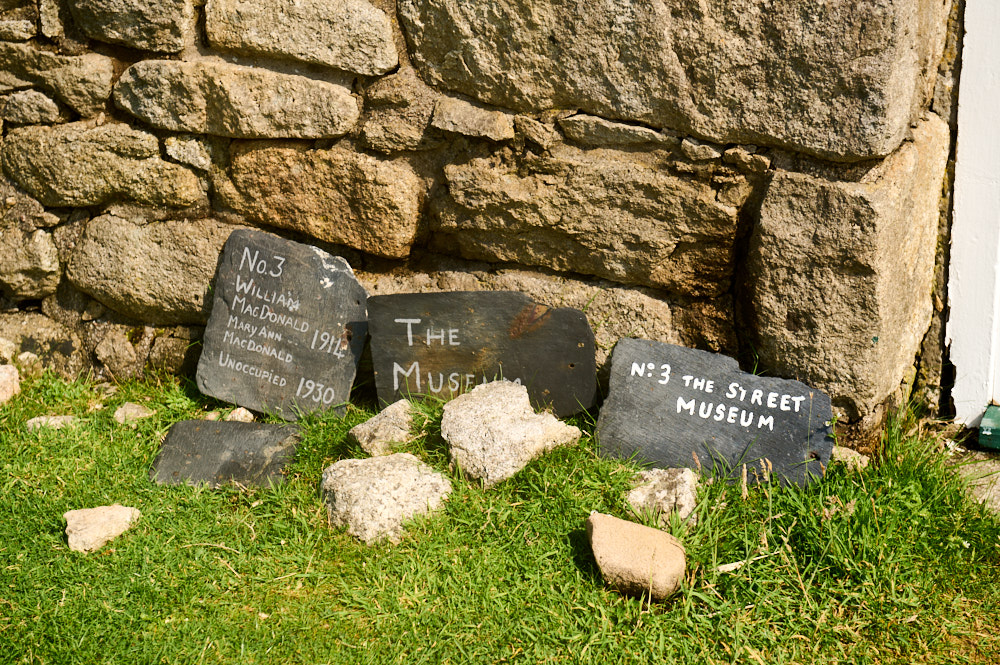
All the cattle and sheep were taken off the island two days before the evacuation by the tourist boat, Dunara Castle, for sale on the mainland. However, all the island’s working dogs were drowned in the bay because they could not be taken. On 29 August 1930, the ship Harebell took the remaining 36 inhabitants to Morvern on the Scottish mainland, a decision they took collectively themselves. (Wikipedia)
The last one of the native St Kildians died in April 2016 at the age of 93. Rachel was 8 years old when they were evacuated.
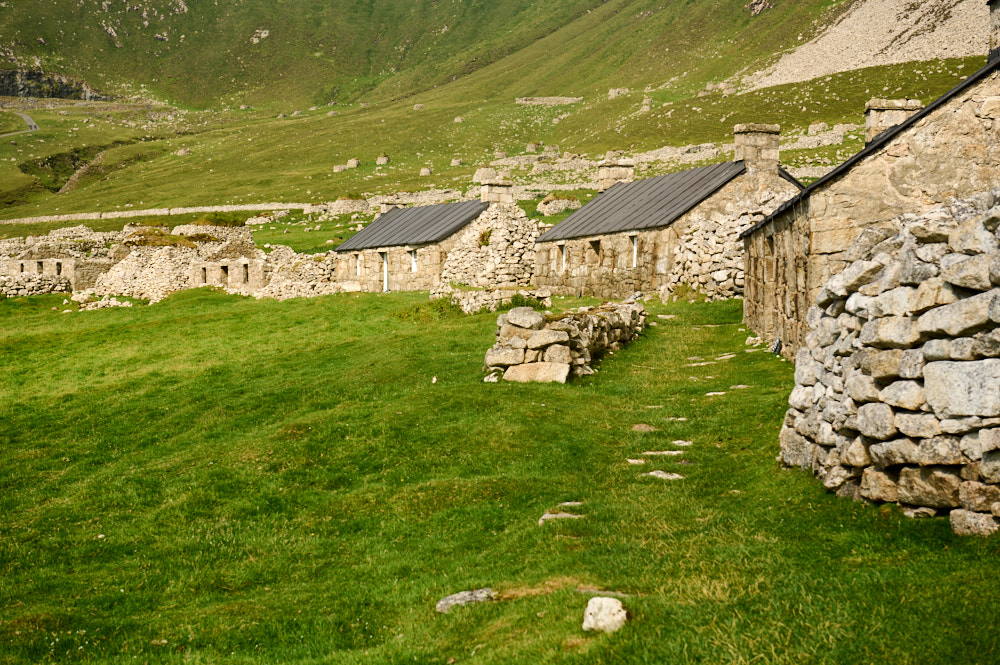
During WWII the island remained uninhabited. But there are three air crash sites on the islands from that time period.
In 1955 the British government decided to incorporate St Kilda into a missile tracking range based in Benbecula, where test firings and flights are carried out. Thus in 1957 St Kilda became permanently inhabited once again. A variety of military buildings and masts have since been erected, including a canteen (which is not open to the public), the Puff Inn. he Ministry of Defence (MOD) leases St Kilda from the National Trust for Scotland for a nominal fee. (Wikipedia)
And like one of the rangers said, thanks to the military they have a satellite signal, electricity and running water (not on all buildings though).
